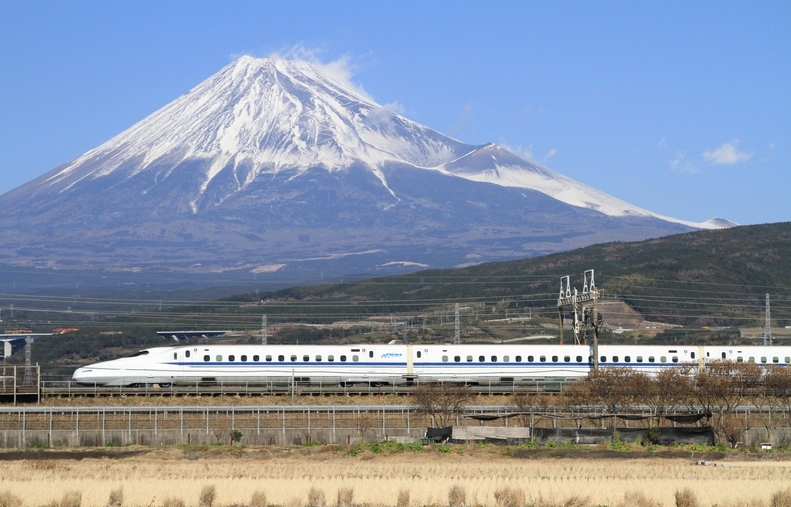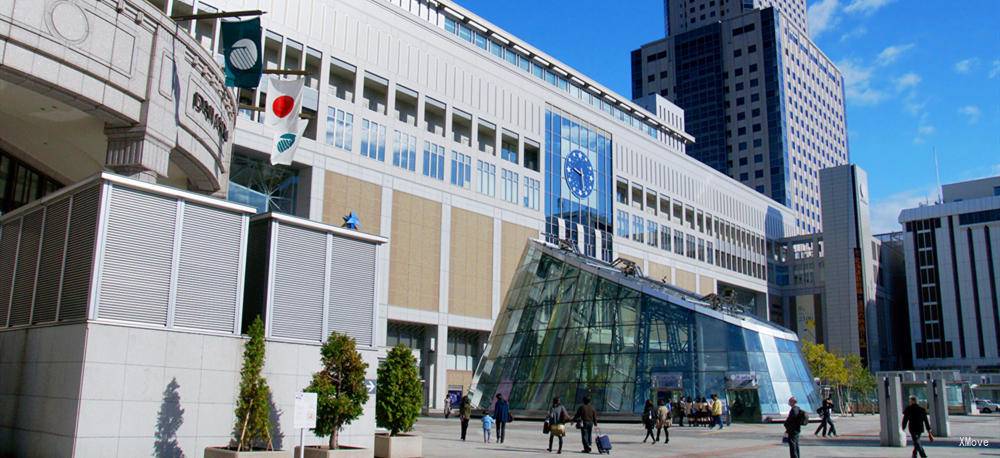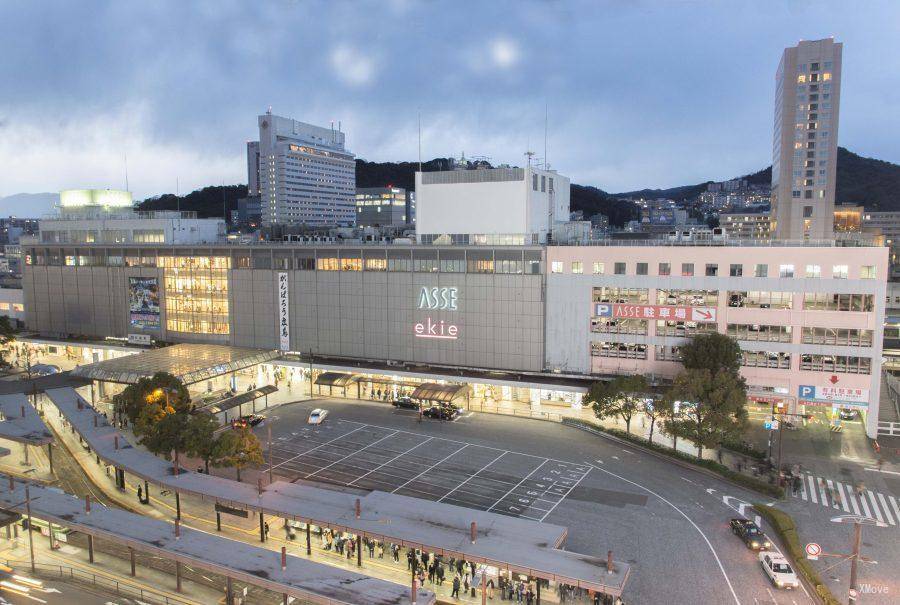Sapporo(Jr)
Sapporo Station (Japanese: さっぽろえき) is located in the northern part of Sapporo City, Hokkaido, Japan. The entire station building includes the JR Tower, several department stores and underground streets in addition to the station and platform. Station area.
Sapporo Station is operated by the Hokkaido Passenger Railway (JR Hokkaido). The railway line that passes through the station includes the Hakodate Main Line and the Millennium Line. The actual starting point of the Chitose Line is at Shiraishi Station, but all trains on the line are from Sapporo. The 札 讫 line, the Zhauma line (also known as the school city line, the actual starting point is the Sangyuan station, the situation is the same as the Chitose line).
JR Sapporo Station is the first to use Hokkaido.
Station Construction and Layout

There are two ticket gates at Sapporo Station. If you enter the East Hall through the East ticket gate, you will find yourself facing the luxury shops, boutiques and upscale restaurants under the JR Tower Hotel. If you pass the West Ticket Gate, you can find more cheap and practical shops, pharmacies and restaurants.
The northwest corner of Sapporo Station includes the JR Information Desk and the Hokkaido-Sapporo Tourist Food and Tourism Information Center. Here you can collect multilingual brochures and coupons for Hokkaido attractions.
No matter which ticket gate you choose, you will be on the first floor. Sapporo Station has two outward exits: North and South. You can take the bus from the North Exit or walk to the campus of Hokkaido University.
Alternatively, you can walk out of the South Exit, walk to the main street, and then turn around to enjoy the gorgeous views of Sapporo Star Plaza (where JR Sapporo Station is located) and the surrounding area.
路线
There are 10 stations in Sapporo Station, which are probably used as shown below.
1 - Platform 3
- Hakodate Main Line (upstream)
Hand rice, star see, small 樽 direction
#### Platform 4
- Chitose line
Chitose, New Chitose Airport, Tomakomai direction
- Zaguma Line (Gakuen City Line)
Aizhili Park, Ishikang Dangbe, Hokkaido Medical University
#### 5, 6 platform
- Chitose line
Chitose, New Chitose Airport, Tomakomai direction
#### 7, 8 platform
- Hakodate Main Line (downstream)
Jiangbe, Iwasawa, Sasakawa, Asahikawa direction
#### 9, platform 10
- Hakodate Main Line (downstream)
Jiangbe, Iwasawa, Sasakawa, Asahikawa direction
- Zaguma Line (Gakuen City Line)
Aizhili Park, Ishikang Dangbe, Hokkaido Medical University
Sapporo(Jr) - Station Guide | Departures and Arrivals | Popular Routes








